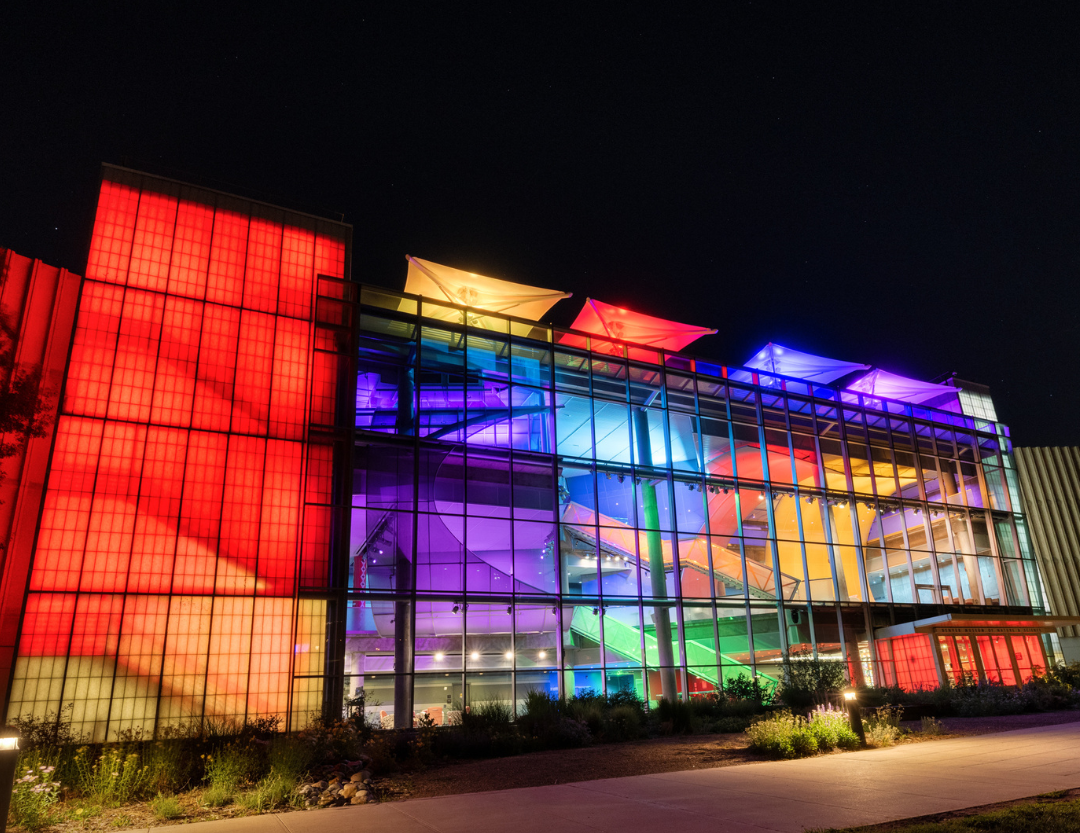TORONTO — Seneca College has added a Vista Systems Spyder to its video facilities at the School of Communication Arts (SCA). The college has more than 100,000 students and the SCA offers multiple TV studios for students to explore animation, graphic design, game art and animation, visual effects, television, radio, journalism, digital media, creative advertising, corporate media production, digital photography and independent music production. The Vista Spyder will give students in the Corporate Media Production program hands-on instruction in multi-image processing and windowing using the same technology currently used for NASDAQ MarketSite and also at CNN, CBS and NBC.
The Vista Systems Spyder is Seneca’s first widescreen display. As program coordinator for the corporate media production program, Tim Abbot trains students for work in AV companies, marketing departments and multi-image productions.
“My industry peers and I have a great desire to go beyond 4:3 and 16:9 environments,” said Abbot, a former business-meetings producer. “I wanted our students to think outside the box, so I spoke to industry experts and did a lot of research. I found that the Vista Systems Spyder came out on top in terms of price-for-performance.”
Seneca College’s Vista Spyder is configured with two new HD projectors and a new rear-projection screen. “Everything is cased and portable,” Abbot said. “We not only use the Vista Spyder in the learning environment but also in real-world applications. This year, my students will use the Vista Spyder to produce an awards show and an athletic benefit.”
In both cases, the processor will create multi-projector displays like those used for the Grammys, the Emmys and for various sporting events. “The college gets great programming and the students get real, hands-on production experience.”
The Vista Spyder is a windowing processor that takes content from a variety of graphics and video sources and outputs it in real-time across a multi-image display. Vista Systems’ switchers are used for live multiple-destination video-and-data-mixed signal switching.
“The whole renaissance of widescreen visuals is a wonderful thing,” Abbot added. “We did widescreen with slides many years ago, then that disappeared because it became too labor intensive. Now it’s great to go back to widescreen and move away from 4:3. The Vista Spyder is giving our productions a different look and offering us opportunities we didn’t have before. We can now create huge presentations and provide our students with a unique experience unparalleled by other post-secondary programs.”
For more information, please visit www.vistasystems.net.


